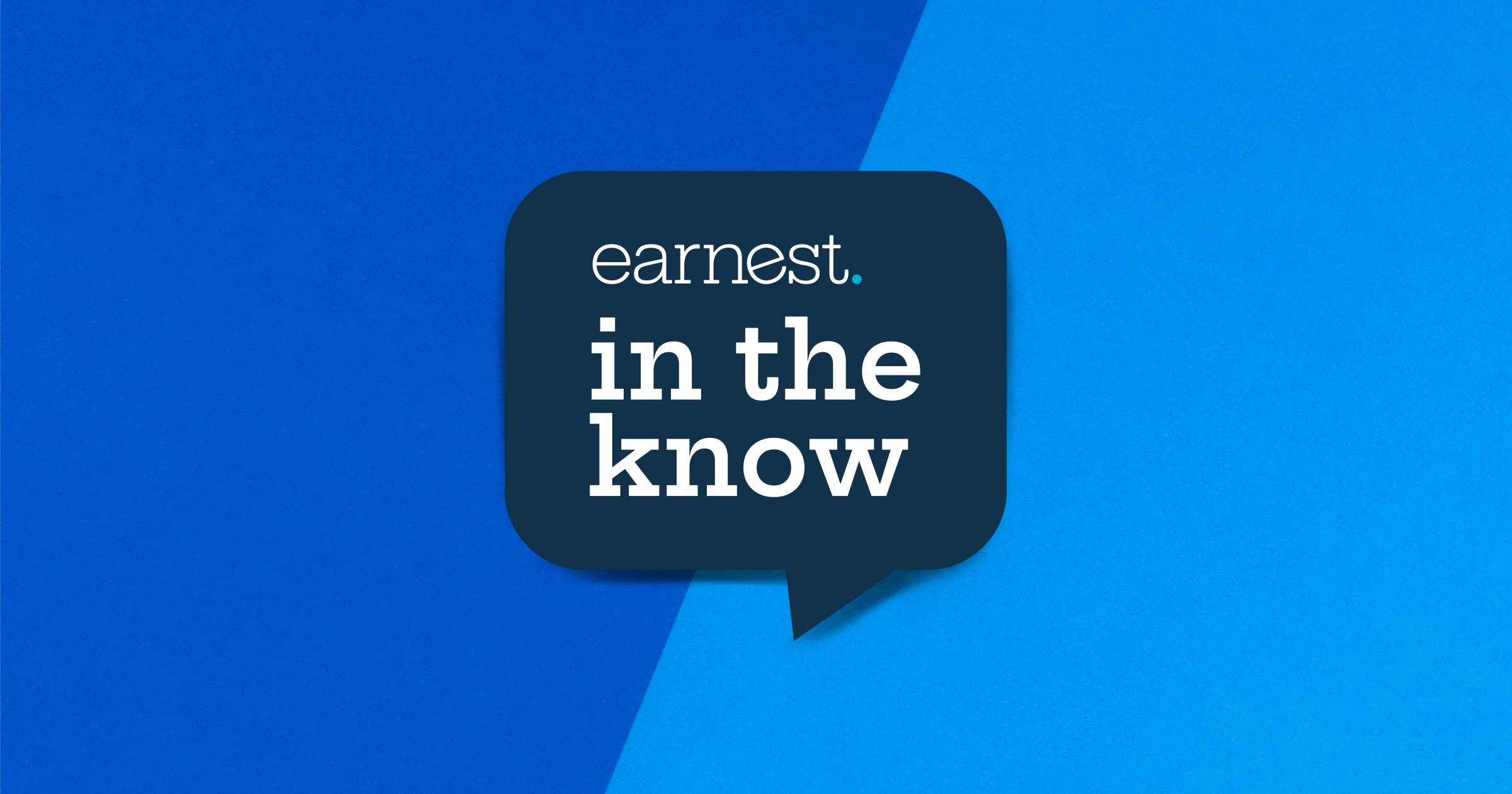Overseas news
More data was released showing the resilience of the US economy, with jobless insurance claims lower at 220,000 vs. the 225,000 forecast.
The August Producers Price Index (PPI) was higher at 0.7% month-on-month vs. +0.4% forecast, and August retail sales were up 0.6% month-on-month vs. +0.1% forecast.
Such data could be seen as justification for the US Federal Reserve (the Fed) to continue raising interest rates.
The European Central Bank (ECB) unexpectedly hiked its policy rate by 0.25% to reach 4.5% but signaled a pause to future tightening. It stated that the Eurozone is in a period of “slow and sluggish growth.”
This shows the difficulty that monetary authorities around the world experience while trying to manage inflation without seriously restricting economic growth.
China’s central bank cut the amount of cash that banks must hold as reserves for the second time this year. This was a step to boost liquidity and support the country’s economic recovery.
Local developments
The Bangko Sentral ng Pilipinas (BSP) said that it will not hike policy rates as long as there are no more supply shocks similar to what caused inflation to rebound in August.
Interest rates that are high for too long can have a stifling effect on an economy’s growth, and so central banks try to elevate rates only for as long as is absolutely necessary.
President Ferdinand Marcos, Jr., invited Singaporean businesses and investors to explore projects co-financed by the Maharlika Investment Fund (MIF), particularly in renewable energy and infrastructure.
Overseas investments entering the country can add to the money which goes around the financial system. This ultimately supports economic growth.
The US data is something that many investors are paying close attention to. However, this and the rest of the news aren’t likely to have an immediate effect on investments.
Staying updated while not making big changes to your portfolio might be your right choice for now.

.jpg)
